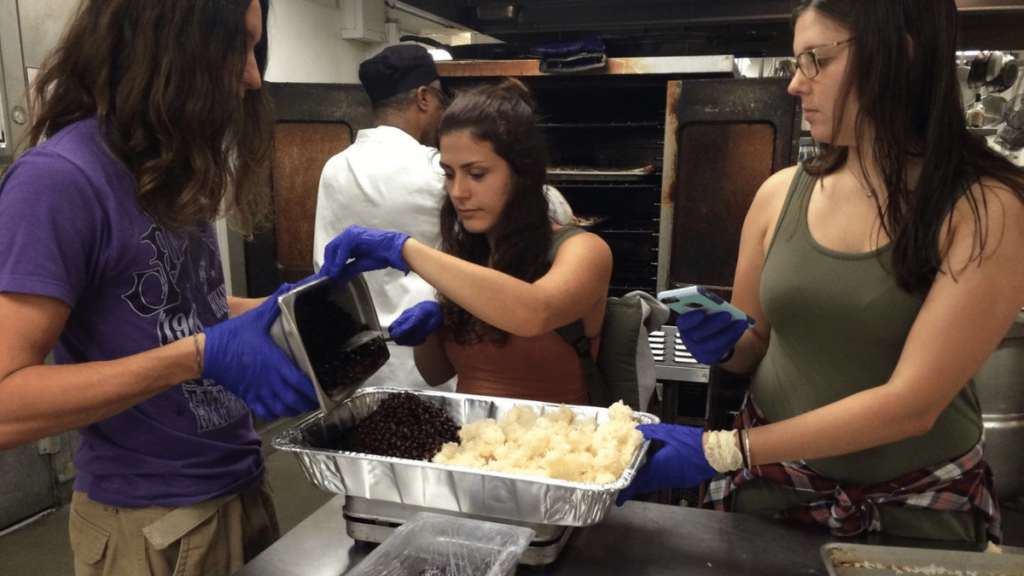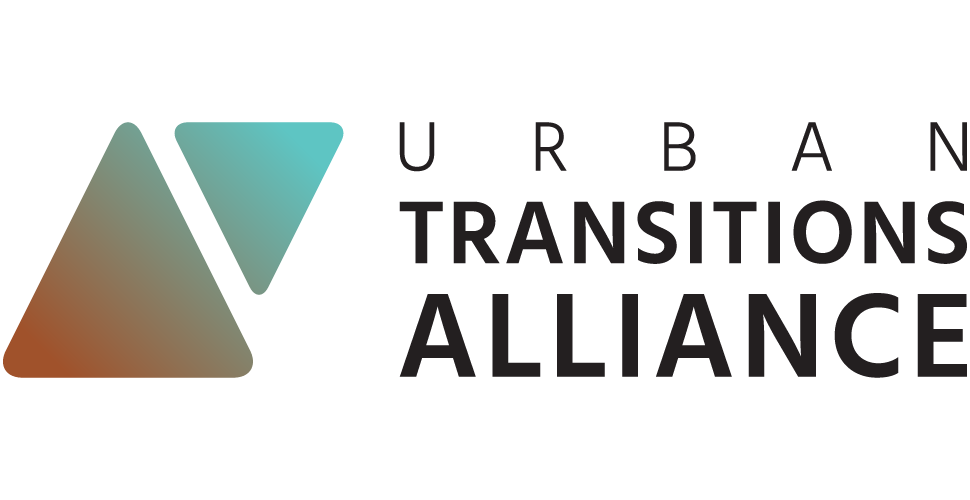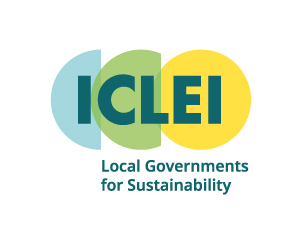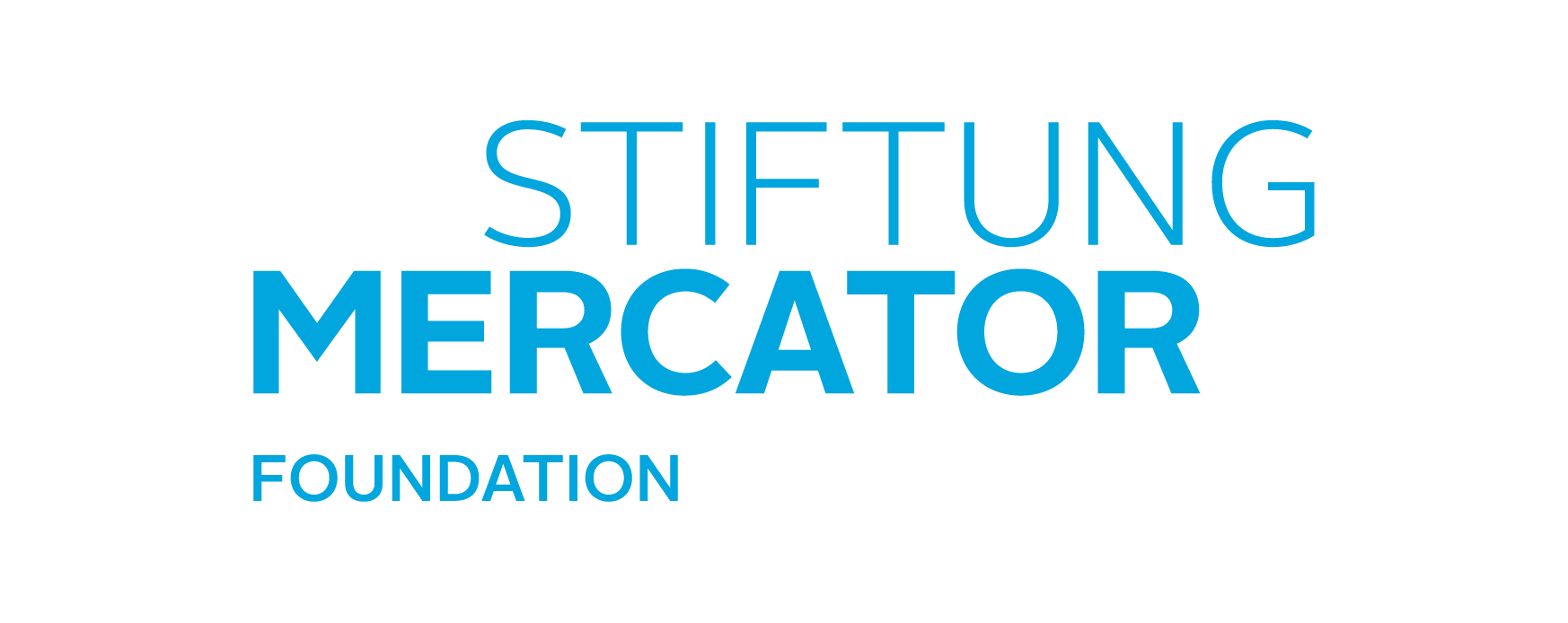TACKLING SUSTAINABILITY, FOOD, AND SOCIAL INEQUALITIES
A ROADMAP FROM INDUSTRIAL LEGACY CITIES
By Matteo Bizzotto, Communications Officer, ICLEI – Local Governments for Sustainability
This blog post also appeared on CityTalk – A blog by ICLEI on 7 Dec 2020.
For cities with an industrial past that have undergone major transitions away from heavy industry as their economies have shifted, food insecurity has become a dire problem. Prolonged periods of disinvestment common to former blue-collar neighborhoods often means that food insecurity is more prevalent in these areas. But through their urban transitions, these cities are showing how food systems can be made more equitable and sustainable, and actively play a role in tackling social inequality.
Here are five cities tackling inequality in their food systems
Baltimore, USA: Through its Food Waste & Recovery Strategy, Baltimore supports the creation of composting locations led by community partners to increase opportunities for youth employment or other workforce development. Research has shown that on a per-ton basis, composting sustains two to four times the number of jobs as landfill or incinerator disposal.
Beijing E-Town, China: The district is aiming to engage residents in its zero-waste planning to test which waste fee models incentivize food-waste reduction, ensure public acceptance of fees and regulations, and create local job opportunities.
Pittsburgh, USA: The 412 Food Rescue initiative prevents good food from entering the waste streams by redirecting it to local nonprofits that serve those who are food insecure. Through the Food Rescue Hero app, individuals can volunteer to distribute food surpluses; in just a couple of years, more than 2000 people have volunteered.
Turku, Finland: Through its strategic procurement department, the city is working on decreasing the lifecycle carbon impacts of its food contracts. Along with tracking contractors’ greenhouse gas emissions, Turku and its residents are also setting goals to reduce food waste and are also shifting their diets to include more vegetarian meals as a part of working towards a climate-safe and sustainable future.
Cincinnati, USA: The city is testing delivery services to bring affordable groceries into neighborhoods that retailers consider unreachable. The pilot project Freshmen Cincy is a community delivery service that offers grocery pickup to Avondale community residents who receive state nutrition assistance. Residents can call or text a “Freshmen ambassador” in their community to get a delivery.
In all those cases, the first step towards an inclusive transition is the recognition of those groups that have been left behind, followed by a commitment to achieve healthy and just conditions for all local residents.

© City of Baltimore, Goucher University Food Recovery Network
PUTTING THEORY INTO PRACTICE: DESIGNING INTERVENTIONS WITH AN EQUITY LENS
These five cities are members of the Urban Transitions Alliance, a city network for knowledge-exchange that supports industrial legacy cities to co-develop solutions tailored to their individual transitions to a sustainable future/
One of the key objectives of the Urban Transitions Alliance is to help local governments establish a common and tangible understanding of social equity among all stakeholders. Alliance Members have been exploring, learning, and sharing experiences and best practices that helped form a simple and effective equity framework. This recently launched blueprint focuses on three simple dimensions:
- ACCESS: How can programs support equal access to public services and infrastructure for all residents – independent of factors like age, neighborhood, income, social group or language?
- PARTICIPATION: The more programs are designed with rather than for residents, including all voices across the city and involving those affected early-on, the more they meet local needs and generate long-term impacts.
- OPPORTUNITY: To offer fair perspectives for all, how can interventions provide 1) improved access to quality education for all, 2) provision of career perspectives and 3) increased diversity in employment?
These dimensions help to communicate about social equity, spur equity thinking, and assess and incorporate positive equity outcomes in sustainability projects. They are by no means mutually exclusive – very often, programs succeed best when all three aspects are considered early on.
You can find the full Urban Transitions Alliance Equity Framework here.


